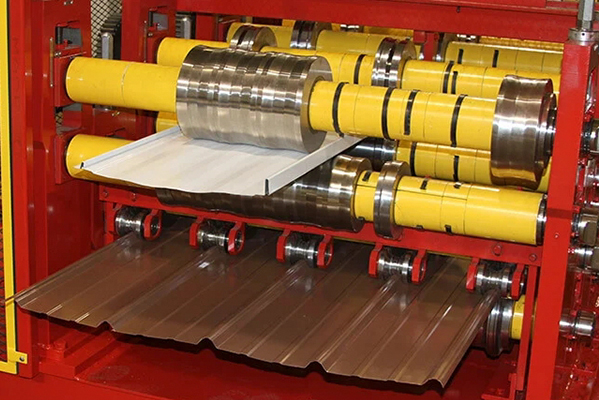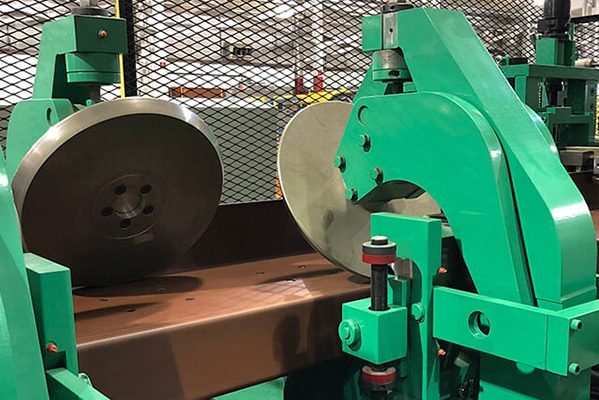Navigation Menu
Contact Us
- Email:
- info@wxavatar.com
- Address:
- Yurong Village, Yuqi Street, Huishan District, Wuxi, China.
Release Date:Mar 29, 2025 Visit:56 Source:Roll Forming Machine Factory
While sheet metal forming equipment, including panel roll forming machines, is widely used in manufacturing for its efficiency and precision, it also has several limitations. Understanding these drawbacks helps businesses make informed decisions about production processes. Below are the key disadvantages of sheet metal forming equipment.
1. High Initial Investment Cost
Challenges:
Expensive Machinery – Advanced roll forming, stamping, and hydroforming machines require significant capital investment.
Tooling and Setup Costs – Custom dies, molds, and rollers can be costly, especially for small production runs.
Maintenance Expenses – Regular upkeep of hydraulic systems, motors, and CNC controls adds to operational costs.
Mitigation Strategies:
Consider leasing or financing options for expensive equipment.
Optimize production planning to maximize machine utilization.

2. Limited Flexibility for Design Changes
Challenges:
Fixed Tooling Constraints – Once dies or rollers are made, modifying them for new designs is expensive and time-consuming.
Not Ideal for Prototyping – Low-volume or custom designs may not justify the high tooling costs.
Geometric Limitations – Complex 3D shapes (e.g., deep draws or undercuts) may require additional processes like welding.
Mitigation Strategies:
Use modular tooling systems for easier adjustments.
Combine with laser cutting or CNC machining for intricate features.
3. Material Thickness and Strength Restrictions
Challenges:
Thickness Limits – Most sheet metal forming processes struggle with very thick or ultra-thin materials.
Springback Effect – High-strength metals (e.g., titanium, hardened steel) may deform unpredictably after forming.
Material Waste – Certain processes (e.g., stamping) generate scrap, increasing costs.
Mitigation Strategies:
Use simulation software to predict springback and adjust tooling.
Opt for progressive dies to minimize waste in stamping.
4. Production Speed vs. Precision Trade-Off
Challenges:
Faster Production = Lower Precision – High-speed roll forming may sacrifice tight tolerances.
Secondary Operations Needed – Additional cutting, drilling, or finishing may be required, slowing down production.
Not Suitable for All Materials – Brittle metals (e.g., cast iron) may crack during forming.
Mitigation Strategies:
Balance speed with automated quality checks.
Use hybrid machines that combine forming and finishing in one system.

5. Workforce Skill Requirements
Challenges:
Specialized Training Needed – Operating CNC-controlled forming machines requires skilled labor.
Safety Risks – Improper handling can lead to injuries from pinch points, sharp edges, or heavy loads.
High Dependence on Operators – Machine setup and troubleshooting demand expertise.
Mitigation Strategies:
Invest in operator training programs.
Implement automation and robotics to reduce manual errors.
Conclusion
While sheet metal forming equipment offers high efficiency, repeatability, and cost-effectiveness for mass production, it has notable drawbacks, including high initial costs, design inflexibility, material limitations, speed-precision trade-offs, and skilled labor demands. Businesses must weigh these disadvantages against their production needs and explore complementary technologies (e.g., additive manufacturing for prototypes) to optimize their manufacturing processes.